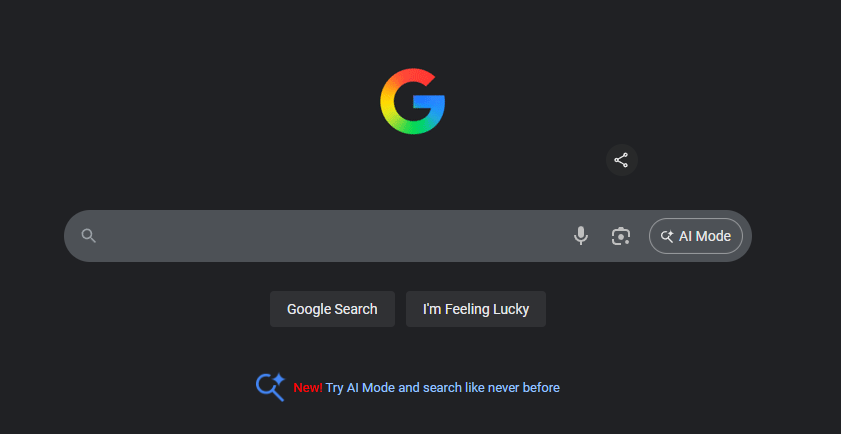A positive open. Some of the buying th…
A positive open. Some of the buying this morning is from the bears and shorts who, after struggling as the markets had been steadily rallying to new highs, have finally, in the last couple weeks, made some gains and are starting to get scared again. That, and they’re heading out to the Hamptons for the long weekend and wanna stress a little less by reducing exposure on this fine Friday. I’m personally gonna be heading out to my Silver Fox Ranch to continue clearing the land and preparing it for some structures…but I’m not going to reduce my exposure to coddle my feelings. Ha.
Anyway, Cypress is rocking once again, and is looking like it wants to break thru to new highs. I’ve been a buyer of it lower, and it was, as I’d noted in last week’s position wrap up, our fourth largest position. Steady as she goes on that one, which I’ve long called “The Next Apple”. Here’s an old detailed analysis from me on Cypress from back almost exactly a year ago today when it was less than half today’s price:
June 1, 2010, 3:35 p.m. EDT
Finding the next Apple
What do ‘once in a lifetime’ opportunities have in common?
Have you ever had the investment of a lifetime? Ever wished you’d bought Apple back in 2003 in the mid-single digits? Or what about Google the day it came public? Or how about Cisco or Intel in their early days?
I actually did buy Apple for my fund in March and April 2003, as well as Google when it came public, and remained long both stocks until we closed the fund in late 2007.
That type of opportunity doesn’t come around very often but in retrospect, one of the common threads of these stories is that the product or technology involved changed the market and changed the economics of the marketplace itself. That’s a claim made by just about every company at some point in their history but the fact is that it’s rare and not easily identified beforehand.
I think we might have found a company in a position to do just that.
Cypress Semiconductor has spent much of the last five years transforming itself from a company that developed a lot of commodity-like products to a company where more than 80% of their products are proprietary. The single biggest driver of their growth — and the technology that I think is a real game-changer — is a programmable-system-on-chip, or PSoC.
PSoC is mixed signal (i.e. analog and digital) semiconductor that includes a microcontroller plus analog and digital peripheral controllers along with memory integrated onto a single piece of silicon. While that may be a lot of mumbo-jumbo the bottom line is that they are a more efficient and cost effective replacement for today’s microcontroller applications which represent a $15 billion market annually.
Microcontrollers are virtually everywhere, in cars, video games, cameras, audio/video products, factory robotics, engines or any type of motor control, your microwave and refrigerator. Push a button on just about anything and you’ve activated a microcontroller. Literally, they’re in just about everything that runs on electricity.
Your personal computer contains an x86-based central processing unit, or CPU, probably from Intel that is called a general purpose CPU capable of doing many things under the instructions of a program. A microcontroller is a CPU also but it is essentially a single purpose processor capable of performing very limited tasks in response to an external signal. When your microwave completes its cooking cycle a microcontroller tells the buzzer to buzz.
Today’s microcontroller “solutions” are actually multiple parts (the microcontroller, memory, peripheral controllers) that are connected together (i.e. integrated) on a circuit board. That’s the same design that has been in place for decades. An engineer has to “design” a solution for accomplishing the designated task. He/she is responsible for selecting the components and insuring that the components work properly together which isn’t always the case. Furthermore, microcontrollers are not particularly easy to instruct (i.e. program) given their limited capabilities and the expertise developed in designs created using microcontrollers from Company A are not transferable if you need to use a microcontroller from Company B.
In essence what you have is a solution that is not terribly user friendly; is prone to failures which increase with the number of components; has environmental limitations; and may be physically large relative to the application. But it’s done the job for many years.
Along came Cypress a few years ago with their PSoC1 product that directly targeted the 8-bit microcontroller market. Rather than using a circuit board as the integration medium, the microcontroller, memory and peripheral controllers are integrated in a single piece of silicon. The PSoC family employs a common programming language across all its products and that now include PSoC3 and PSoC5 which expands TAM (total addressable market) to include the 16-bit and 32-bit microcontroller markets as well.
Simply put, PSoC dramatically reduces cost and footprint of the solution and increases its flexibility and reliability for the OEM.
Possibly the best example of what will happen over the next several years is what took place back in the 1990s as field programmable gate arrays (FPGA) overtook the applications specific integrated circuit (ASIC) market.
ASICs are custom-designed processors that are expected to perform a series of tasks. Their up-front costs at that time were very high and most ASIC manufacturers usually required minimum purchase commitments when they entered manufacturing. Complicating this further was the fact that it may take a year or more just to complete the design. Consequently, the risk was very high for an OEM particularly given the uncertainty of the end-product’s success. Despite all these pitfalls, the ASIC business was huge in the 80s and early 90s.
FPGAs from Altera and Xilinx were a simpler, faster to market and more cost effective solution versus ASICs in many applications. In addition, their introduction created quite a bit of new demand as well. They allowed engineers at the OEMs to program the parts in the field using a unique new technology and the rest became history.
This graph represents the revenue stream generated by Altera and Xilinx from 1990 to 2000.
This was the period of the biggest market share gains taken from the ASIC suppliers and today the ASIC business is a small shell of its former self.
The compound revenue growth rate for Altera and Xilinx was about 33% over that period and that growth translated into significant appreciation in the company’s respective stocks as you can see in the second graph.
I intentionally left out the last four years of the decade given the froth associated with everything.
But even over this limited period, these stocks were huge winners for their investors.
Cypress is poised to do exactly what Altera and Xilinx did; usurp someone else’s market with a better solution.
Cypress doesn’t disclose its PSoC revenue but it represents the bulk of its Computing & Communications Division, CCD. This is roughly a couple hundred million dollars on a run-rate basis. The technology has morphed into two product families at this point:
CapSense – Capacitive touch-sensing solutions that replace mechanical switches and controls with touchsensitive controls by detecting the presence or absence of a conductive object (such as a finger) and measuring changes in capacitance. The technology lends itself equally well to buttons, sliders, touchpads, touchscreens and proximity sensors. The company has replaced more than 3 billion buttons with CapSense technology.
TrueTouch Touchscreen Solutions – A single-chip touchscreen solution that can interpret the inputs of more than 10 fingers from all areas of the screen simultaneously. This enables designers to create new usage models for products such as mobile handsets, portable media players (“PMPs”), global positioning systems (“GPS”) and other products. The TrueTouch family also includes devices that perform traditional touchscreen functions including interpreting single touches, and gestures such as tap, double-tap, pan, pinch, scroll, and rotate.
Cypress PSoC technology is poised for a huge ramp in growth over the next five years or so much like the FPGA market in the 1990s.
Why? Because they’re following the same game-plan laid out by the FPGA companies more than a decade ago; grow your customer base, ramp up training for engineers at OEMs and the designs/revenue will start flowing a couple of years later. Cypress has also launched PSoC educational programs at various engineering schools to product PSoC-ready engineers for the industry, just like the FPGA vendors did.
The storyline plays out like this: the engineering staff at an OEM hears about the new technology and evaluates it; if it passes muster it’s tried on a project; if, successful, more engineers are trained and it begins to permeate new projects as they come to the design phase. None of that happens overnight in any company. Today’s PSoC1 revenue is the result of investments made years ago.
The road will be long and difficult. The life-cycle on many products incorporating microcontrollers can frequently be long so some changes will not happen overnight. However, PSoC allows designers to do things they could never do before so that alone may spur the acceleration of the process. Either way, the market opportunity is certainly out there and Cypress has built the foundation to do so. What remains to be seen over the course of the next few years is management’s ability to execute on its objectives.




